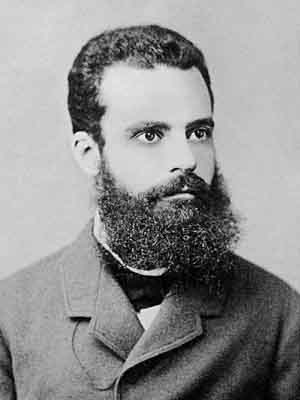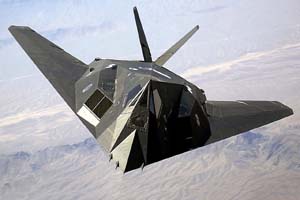At Merlin Systems we have found that our efforts are greatly enhanced if we keep in mind three simple ideas.

|
The 80/20 rule is also known as the Pareto principle in honor of its author Vilfredo Pareto. Pareto discovered that for many outcomes, approximately 80% of the consequences come from 20% of the causes. This relationship is frequently observed in business. For many companies 80% of revenues are generated by 20% of the customers. Concentrating efforts on this "vital few" will yield higher profits than a less focused approach. In simpler terms, go after the low hanging fruit first. | |

|
William of Ockham was an English Franciscan friar in the 1,300's. He contributed to modern science by asserting that other things being equal, simpler explanations are generally better than more complex ones. The classic example of the application of this rule is the retrograde motion of the planets. For hundreds of years the world's greatest thinkers imagined dozens of "crystal spheres" to explain the unusual motion of the planets against the background of the stars. Once the earth was removed from the center of the universe a simple explanation of retrograde motion became almost obvious. | |

|
It may be too easy to focus on simple rules to navigate in a complex world. As a safety break to this thinking we consider Einstein's statement, "Everything should be made as simple as possible, but no simpler." An appreciation for complexity is essential. Often subtle differences can determine success or failure. Understanding where these boundaries exist comes through time and experience and cuts across disciplines. |
For example, this website was constructed using code provided by the World Wide Web Consortium (W3C) free of charge. While this website may not be as "slick" as IBM's or Amazon's it accomplishes all of the primary objectives of Merlin Systems (80 / 20 Rule). Because of its simplicity, it can be maintained by anyone with a modicum of HTML, CSS and PHP knowledge. If you look at the code that supports many websites you will find pages and pages of complex structures depending on code provided by numerous parties. Besides making the code difficult to maintain every "call out" to external sources adds an additional security risk that can potentially be exploited by hackers.
Where specialized code was absolutely essential it was incorporated into this website. Specifically the Google CAPTCHA (Completely Automated Public Turing test to tell Computers and Humans Apart) was used to prevent "BOTS" from abusing the "Contact" form. This is an application of the "Everything should be made as simple as possible, but no simpler" (Simple as Possible Rule).
The history of "KISS" goes back to the early 1960's. "Keep it simple stupid" is said to have originated with the legendary aircraft engineer Kelly Johnson. As an aircraft engineer Johnson had a keen appreciation for designs that worked! In his long and successful career he found that simple designs worked better and should be a key design goal. Unnecessary complexity introduces the potential for errors and should be avoided. The Lockheed Skunk Works produced Johnson's most revolutionary aircraft designs.
Variations of the Acronym

|
The Lockheed U-2 Spy Plane first flew August 1, 1955 and is still in service. It is a single-jet engine, high altitude reconnaissance aircraft and has provided key information to US intelligence agencies. It was produced at the Lockheed Skunk Works in California under the guidance of Kelly Johnson. | |

|
The F-117 Nighthawk, also developed at the Lockheed Skunk Works, is a twin-engine stealth surface-attack aircraft that is practically invisible to radar. The Nighthawk played a key role in Operation Desert Storm 1990. | |

|
The Lockheed P-38 Lightning was developed in response to a specification from the United States Army Air Corps (USAAC) in early 1937. Lockheed formed a secretive engineering team separate from other operations to address the specification. This team would later become the "Skunk Works". The P-38 would play a key role in the Pacific Theater throughout World War II. |